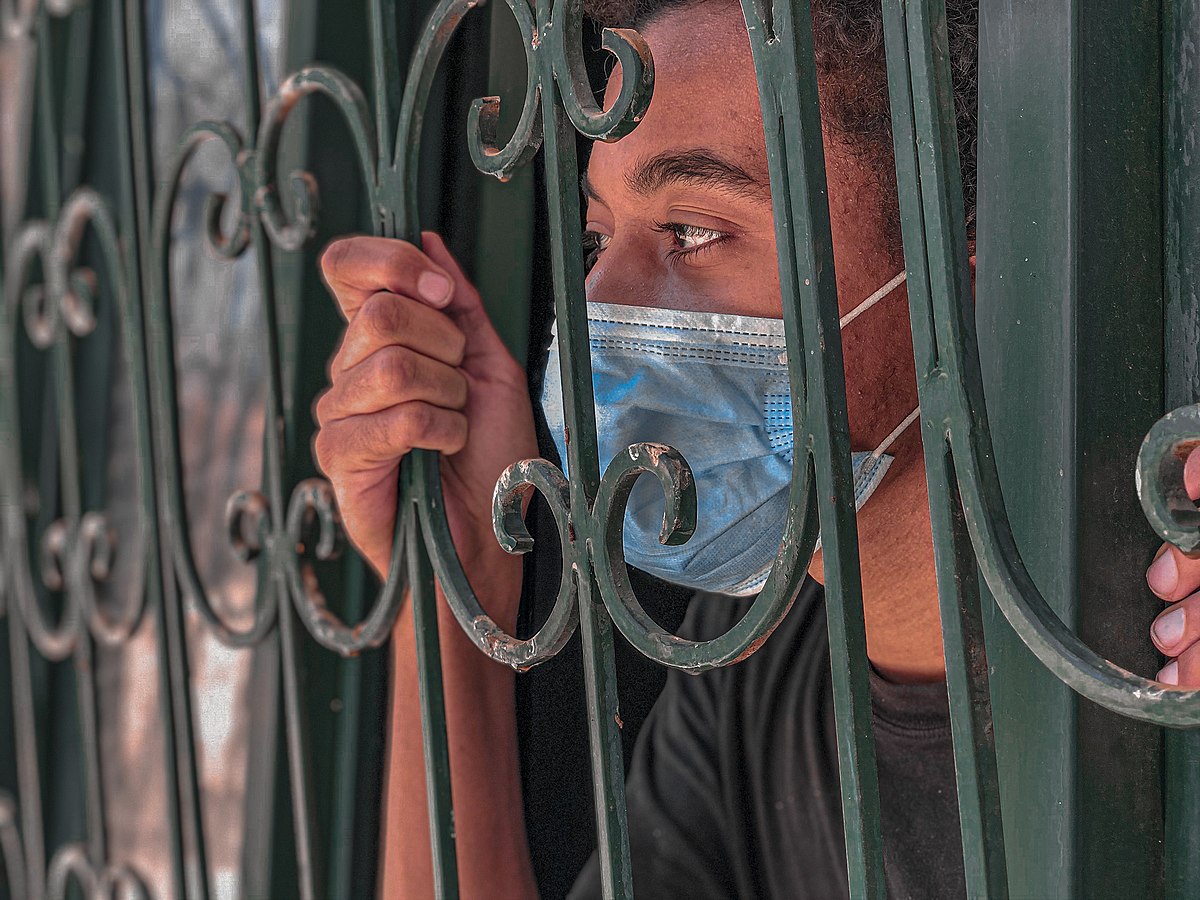Social pathologies and urban pathogenicity: Moving towards better pandemic futures
Blog post by Tankut Atuk and Susan L Craddock
- Created
- 3 May 2022, 10:02 a.m.
- Author
- Tankut Atuk and Susan L Craddock
- DOI
- 10.1177/00420980221079462
Abstract: https://journals.sagepub.com/doi/full/10.1177/00420980221079462#abstract
In 2021, during a class discussion on the effects of poverty and racism for health in the US, a student of public health raised hand to share their disappointment with the discipline: “We are taught that poverty is a determinant of health, but then we are told that there is nothing we can do about it and that we should rather focus on problems we can solve.” Other students supported this statement and noted the irony with calling a practice public health and refusing to address structural factors that render publics unhealthy. A pre-med student asked, “If the public health doesn’t tackle the impacts of socio-economic factors, who will?” For us, this was not just a rhetorical question. Rather, it shed light on the inherent paradoxes and ironies of public health, epidemiology, and the degree to which quotidian ravages of neoliberal capitalism have become normalised.
Although academics have suggested influential concepts to understand and intervene in the complex relationships between the social environment and diseases, public health as a collective governmental, scientific, and political practice remains chronically ineffective when it comes to taking preemptive actions to promote healthy publics. This failure became the most conspicuous when the COVID-19 pandemic disproportionately affected globally those who are socio-economically marginalised, debilitated, and rendered disposable. When the numbers of mortality and morbidity were shared publicly, instead of assuming responsibility, public health institutions and practitioners pretended as though it was all too new of a discovery that black, brown, and indigenous communities among many others would be devastated by a pathogen to an unprecedented degree. We read everywhere that these communities were suffering from underlying conditions, yet it was not mentioned what were the underlying causes of such conditions and what to do about them. COVID-19 indeed has shown that the neoliberal tendency to address harm only when there are crises and disasters, and to divest from programs that might eradicate some of the root causes of unequal burdens of disease such as reduction of public investment, privatisation of healthcare, and impoverishment of public health infrastructures becomes quite literally murderous to millions.
Photo credit: Mosab Omer Musa.
Our article then seeks to shift the paradigm of pandemic response, using the framework of pathogenicity as revised from Hinchliffe and colleagues (2016) to interrogate what factors in current urban life facilitate epidemic outbreaks and shape their highly uneven devastations. We argue that urban life is inherently pathogenic—that is consisting of microbial, social, political, economic, spatial, governmental, and historical pathologies that together form the crucible for epidemic virulence and that demand upstream interventions rather than current practices that wait until macroscopic and microscopic pathologies converge and create disasters. To flesh out this argument, we focus on two case studies: first, by looking at Minneapolis, we show how makings of diseases, epidemics, and pandemics do not suddenly appear from ‘out there’, instead, they are there all along built into the social makeup of life, especially urban life. We demonstrate that the spectacular violence of police brutality that took George Floyd’s life in 2020 cannot be separated from—indeed is a product of—longstanding histories of state violence and oppression along with the slower violences of ongoing urban housing practices, inequitable financial policies, educational deficits and limited economic opportunities. These urban pathologies characterise poor urban neighbourhoods in the US and which over time in their aggregate dynamics have produced pathological realities as seen in higher chronic disease burdens in most if not all poor urban sectors. Then, we shift our attention to Turkey and how the poor, the marginalised, and the vulnerable in urban centres are not only disproportionately harmed by pandemic conditions but also further debilitated by drastic public health measures that create isolation and force people to live in unsafe environments in the name of survival. We show that within typical urban contexts of political entrenchment and cataclysmic economic divides, there is no room to assume a homogeneous public who can be protected from risk through uniform measures, which might in fact increase the pathogenicity of outbreaks for vulnerable populations.
Read the accompanying article on Urban Studies OnlineFirst here.



Comments
You need to be logged in to make a comment. Please Login or Register
There are no comments on this resource.